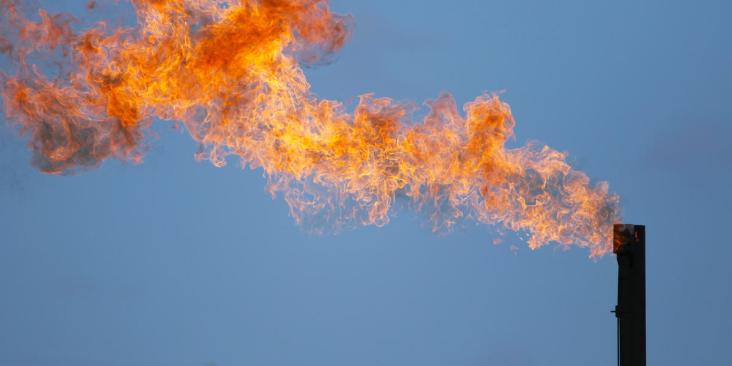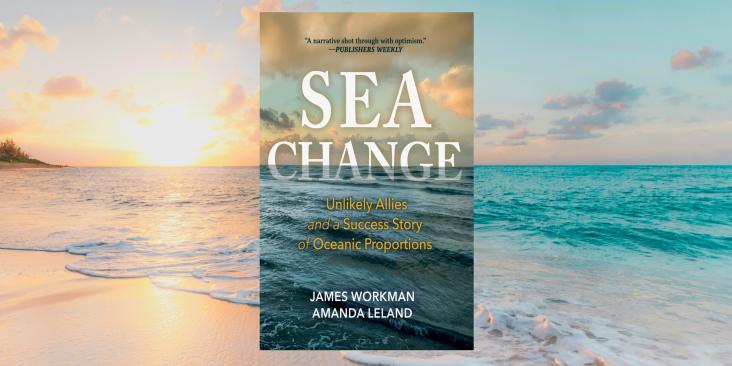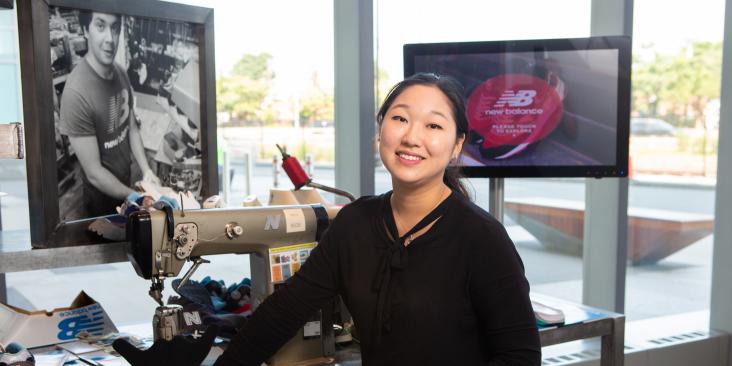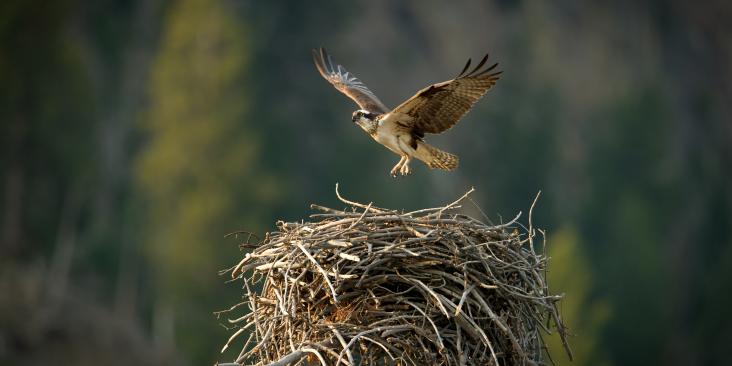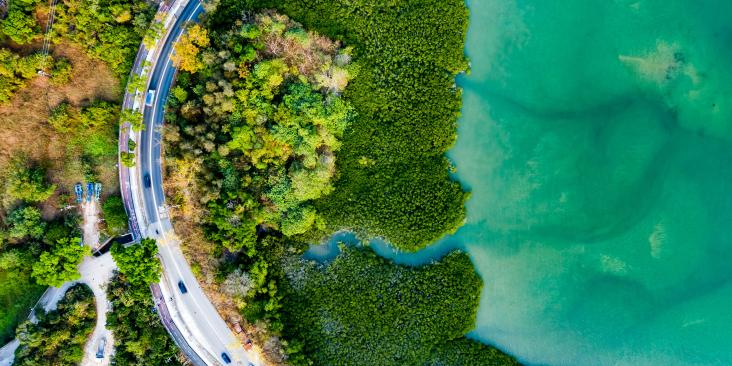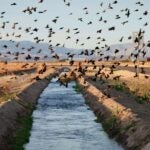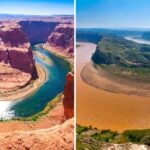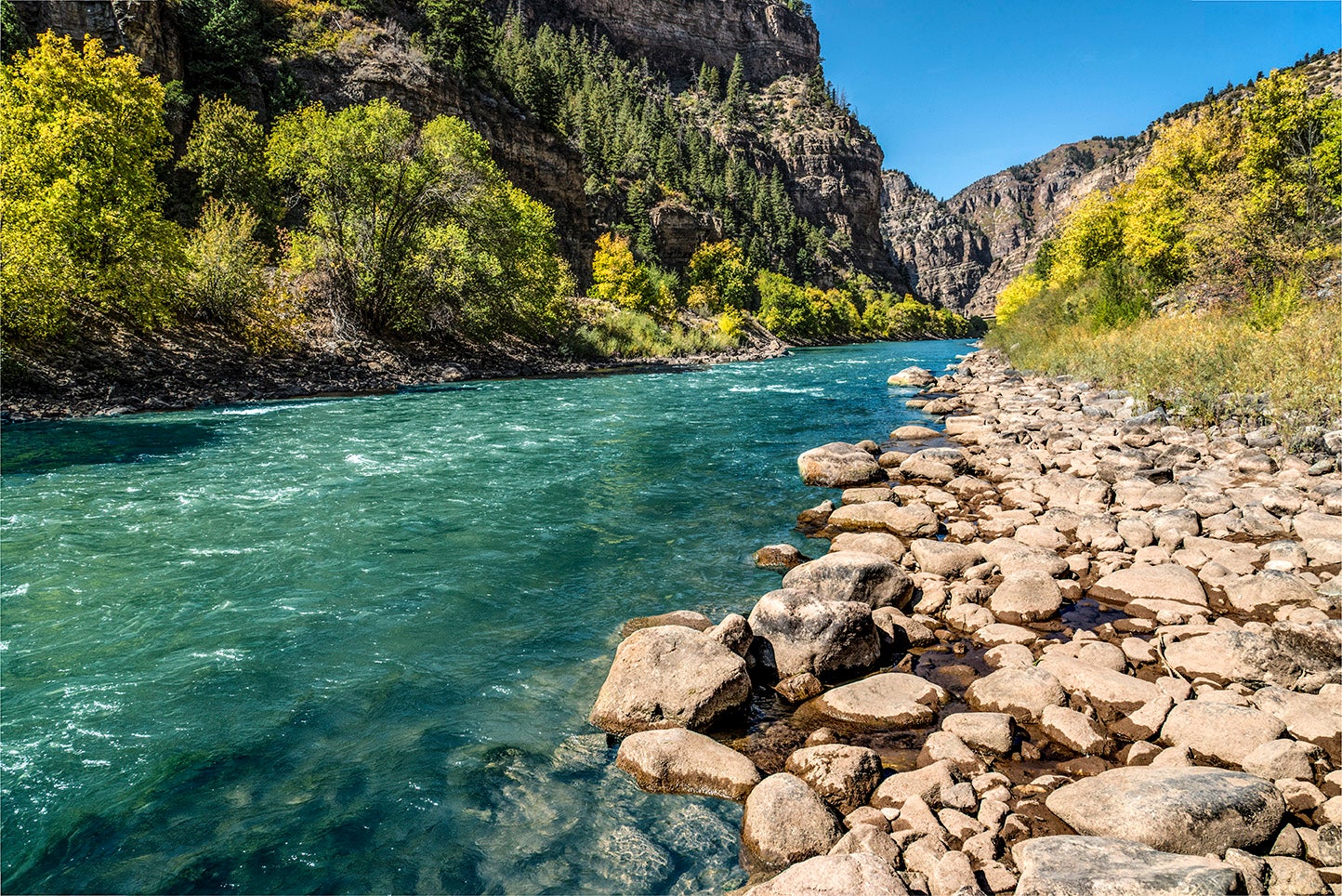
To mark Colorado River Day today, it seems fitting to celebrate Colorado’s 10-year journey to dedicating $50+ million a year to fund water projects and support the resource that makes Colorado so special: its water. And I’d like to briefly highlight three very different projects that have benefited from this vital new funding stream.
It started with the first Colorado Water Plan.
While drinking water utilities and large agricultural districts can often tap ratepayer fees to fund millions if not billions of dollars of improvement and maintenance projects, the same has not historically been the case for Colorado’s beloved rivers and streams. In 2015, the first Colorado Water Plan highlighted the urgent need to fill a gap for reliable, dedicated funding to support rivers, restoration, recreation, and aging agricultural infrastructure.
Colorado’s Taxpayer’s Bill of Rights makes creating a new funding stream extremely challenging, but a 2018 U.S. Supreme Court decision provided a new opening by eliminating a ban on state-based sports betting. In 2019, thanks in part to a bipartisan campaign supported by EDF, Colorado Cattlemen’s Association and a host of other water users, Colorado voters approved Proposition DD, which legalized sports betting and dedicated the tax revenues from it specifically to fund water projects.
Since then, sports betting has raised more than $110 million for a wide range of water projects to support farmers, the environment, urban water supplies, and outdoor recreation. In the latest round of funding applications, the Colorado Water Conservation Board, which administers the sports betting revenue for water projects, received $39 million in requests — $3 million more than available. The fact that the program is oversubscribed demonstrates how much it’s needed. The good news is that sports betting revenue for water projects is expected to increase to more than $50 million a year, thanks to a recent legislative fix that eliminated a favorable tax write-off for sports betting companies.
So what is the state doing with this new water funding? A lot! The projects include everything from stream restoration to new public river access to a university water fellows program to an agricultural water sharing initiative. Here’s a quick dive into three projects to provide a sense of what the funding is making possible.
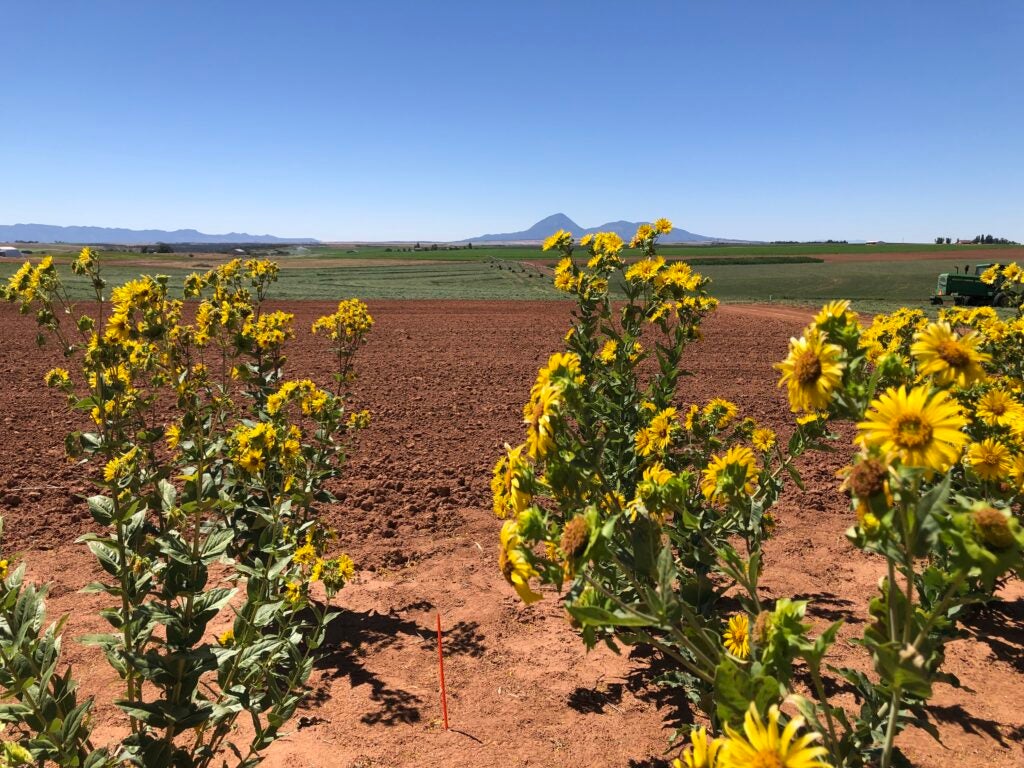
Silphium is a native sunflower that can be grown as an oilseed or forage crop. It is among several crops being studied to help western farmers conserve water.
Cropswitching in the Upper Colorado River Basin
The Colorado River provides water to 40 million people in the western United States and accounts for 40% of the state of Colorado’s water supply. But the river, like water funding, is oversubscribed. The water level of Lake Powell, one of the Colorado River’s two largest storage reservoirs, has fallen so low that if the trend continues, there may not be enough water to create hydroelectric power by December 2026. It is, therefore, critical that we find ways to use less water and the water that’s left more efficiently.
Colorado agriculture, a vital part of the state’s economy, uses more than 70% of the state’s total water supply to feed the country and the world. One project that received $280,000 in sports betting revenue, called the Intermountain West Alternative Forages Project, is exploring how to help farmers operate more efficiently and innovatively. The project, led by American Rivers, The Nature Conservancy and Trout Unlimited, along with Colorado State University and The Land Institute, is exploring the feasibility of growing hay crops that require less water and/ or could be more drought resilient, including sainfoin and the Kernza® variety of intermediate wheatgrass.
If these crops can better sustain agricultural operations in times of drought than current forages and enhance farmers’ ability to participate in water-sharing arrangements, they could improve the resilience of agriculture in the Upper Colorado River Basin and take pressure off our hard-working rivers.
“We need solutions to water scarcity that support rural communities and don’t create mini-dust bowls. Identifying more drought-resilient hay varieties is an important piece of this puzzle, because hay crops account for most of the water use in Western Colorado. More drought-resilient crops can help producers get through dry times and enable more flexible water management, creating opportunities to address environmental needs in streams.” — Hannah Holm, Director of Strategic Projects and Partnerships, Southwest Region, American Rivers
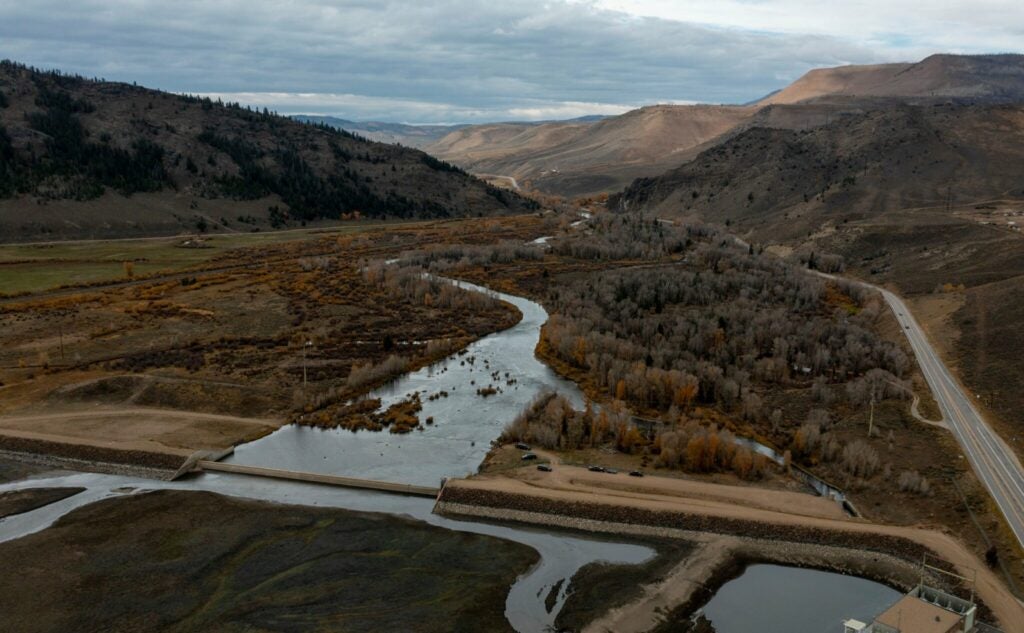
Windy Gap Project
Reconnecting the river for fish
Built to supply water to the booming communities of Northern Colorado in the 1980s, the Windy Gap Reservoir collects water from the Colorado River, pumps it to nearby Lake Granby, and then delivers the water to the Front Range via the Adams Tunnel underneath Rocky Mountain National Park.
Although the project has helped meet the water supply demands of these growing communities, it has also done considerable damage to the river’s fish populations and water quality, leading Trout Unlimited to champion a solution: Build a natural stream channel around the reservoir to improve the quality of this Gold Medal trout fishery and nearly 30 miles of the Colorado River. A ribbon cutting for the $33 million channel project, which received funding from multiple sources, occurred in 2024.
“At a time when the Colorado River Basin is experiencing a historic drought, people are looking for significant wins to show we can work together to meet multiple needs, combat the impacts of climate change, and make our waterways more resilient. The Windy Gap Connectivity Channel is just that.” — Trout Unlimited
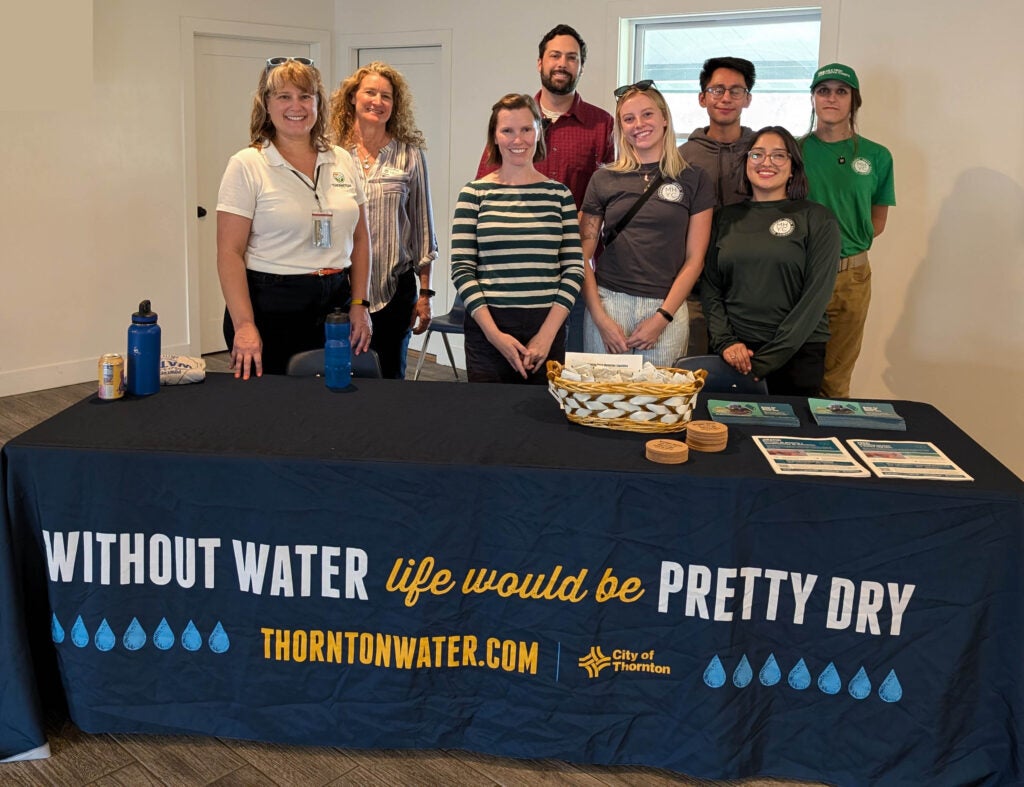
Staff from the Alliance for Water Efficiency, Thornton Water, and Mile High Youth Corps lead a community meeting with mobile home residents.
Helping an overlooked population save water
The Alliance for Water Efficiency received a $225,000 grant for a novel municipal water project that supports water conservation in mobile home parks in Colorado Springs, Thornton, and Fountain. The project provides water audits, leak repairs, and low-efficiency fixtures — all at no cost to mobile homes residents. The partners aim to gain a better understanding of water use in mobile home parks, identify barriers and opportunities to work with mobile home residents, and research submetering solutions and equity issues in current metering and billing systems.
“This project is helping to shine a light on a long-overlooked segment of residents and water users. Mobile home communities are vital to Colorado’s affordable housing landscape, yet many face systemic barriers to conservation programs. By understanding water use patterns, piloting solutions like free retrofits, and exploring improved billing practices, we’re stewarding a more inclusive and efficient path forward for water sustainability and community livability.”—Amanda Christophe, Program Coordinator, Alliance for Water Efficiency, Alliance for Water Efficiency
A funding stream that exceeded expectations
When we started the Proposition DD campaign nearly six years ago, we conservatively estimated sports betting revenue would bring in roughly $10 million a year — just one fifth of the $50 million that is now projected to be raised. It gives me great hope about our state’s ability to come together and conserve and protect Colorado’s active, outdoor way of life that makes me cherish living here so much. And that’s a good reason to celebrate Colorado River Day!
